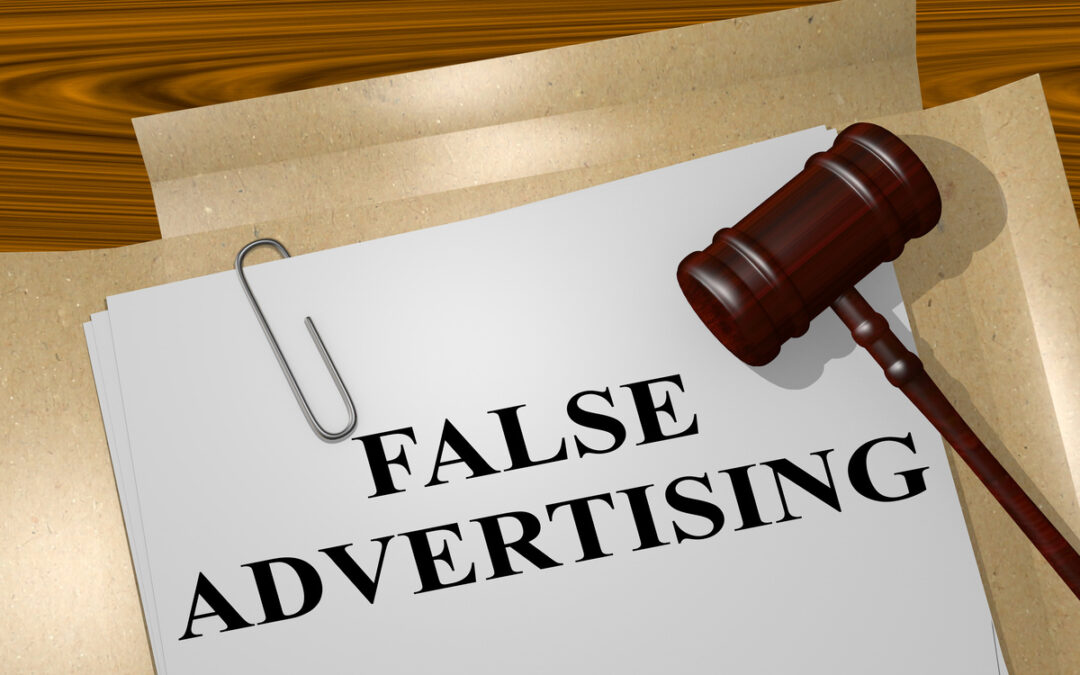
by Daniel Setareh | Jul 11, 2025 | Insurance Claim
When you’re waiting for an insurance payment after a claim, time seems to move at a glacial pace. Whether you’re dealing with vehicle repairs, home damages, or a life insurance payout, knowing when your check will arrive can help you plan your next steps....

by Daniel Setareh | Jul 10, 2025 | child passenger safety
If you’re wondering about weight requirements for children sitting in the front seat in Idaho, here’s the straightforward answer: Idaho law doesn’t specify a minimum weight for children to sit in the front seat. However, safety...

by Daniel Setareh | Jul 9, 2025 | False Advertising
False advertising affects countless consumers every day, leaving many wondering how to hold companies accountable for misleading claims. At Setareh Law, we see the real impact that deceptive business practices have on consumers who make purchasing decisions based on...

by Daniel Setareh | Jul 8, 2025 | Wrongful Death
Losing a loved one due to someone else’s negligence creates an overwhelming blend of grief and legal complexity that no family should face alone. When pursuing a wrongful death claim, families often encounter unfamiliar legal procedures, with depositions being...

by Daniel Setareh | Jul 8, 2025 | Driving Tips
Driving while drowsy is a dangerous gamble that too many people take. Every year, approximately 100,000 crashes, 71,000 injuries, and 6,400 fatalities in the US are attributed to drowsy driving. Being awake for 20 hours impairs your driving ability comparable to...

by Daniel Setareh | Jul 8, 2025 | Slip and Fall Accident
Slip and fall accidents in retail establishments often seem minor at first, with victims walking away feeling embarrassed but apparently unharmed, only to discover serious injuries days or weeks later. These delayed-onset injuries, known as latent injuries, can...

by Daniel Setareh | Jul 8, 2025 | Personal Injury
Many accident victims in California worry that their pre-existing medical conditions will prevent them from recovering compensation for injuries sustained in accidents caused by others’ negligence. Insurance companies and defense attorneys often attempt to use...

by Daniel Setareh | Jul 8, 2025 | Personal Injury
Personal injury victims who receive Social Security Disability benefits face a complex web of federal regulations that can significantly affect their settlement negotiations and final compensation amounts. The intersection of disability benefits and personal injury...

by Daniel Setareh | Jul 8, 2025 | Personal Injury
Personal injury victims often assume that insurance will automatically cover all damages resulting from their accidents, but the reality of insurance coverage is far more complex and often disappointing. Understanding what damages insurance policies actually cover...

by Daniel Setareh | Jul 7, 2025 | Truck Accident
Commercial truck drivers navigate America’s highways under strict federal regulations designed to prevent the devastating consequences of driver fatigue, yet violations of these critical safety rules continue to contribute to catastrophic accidents. When massive...











